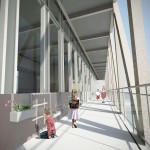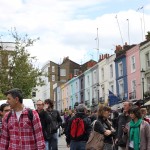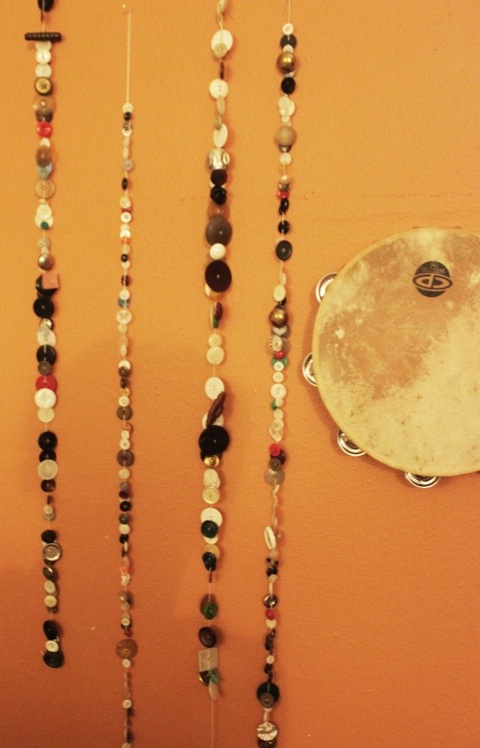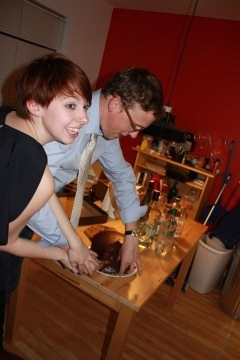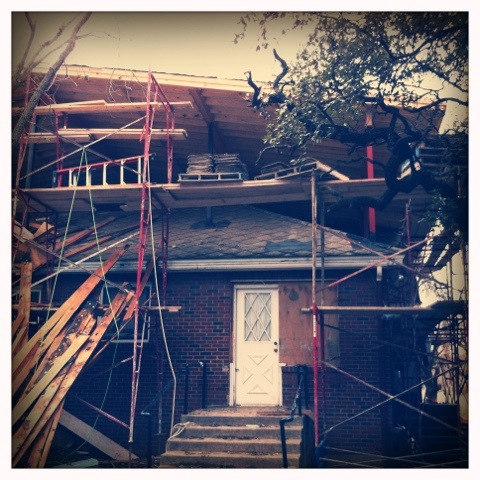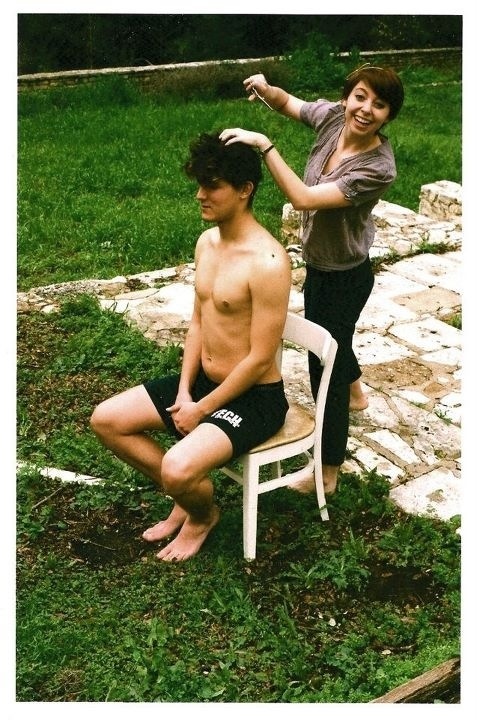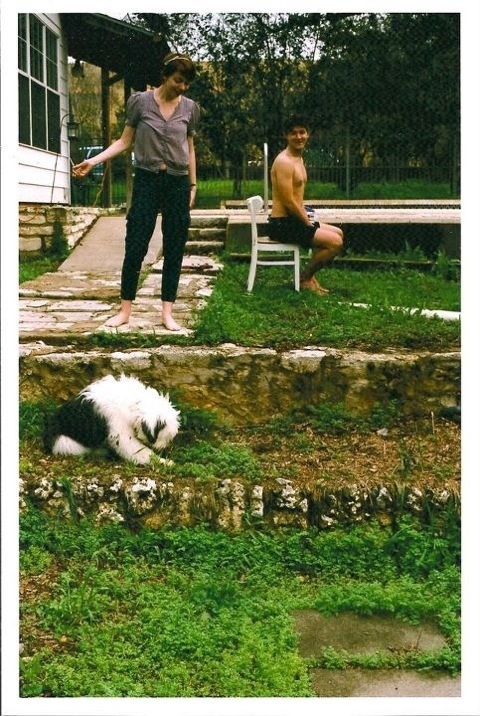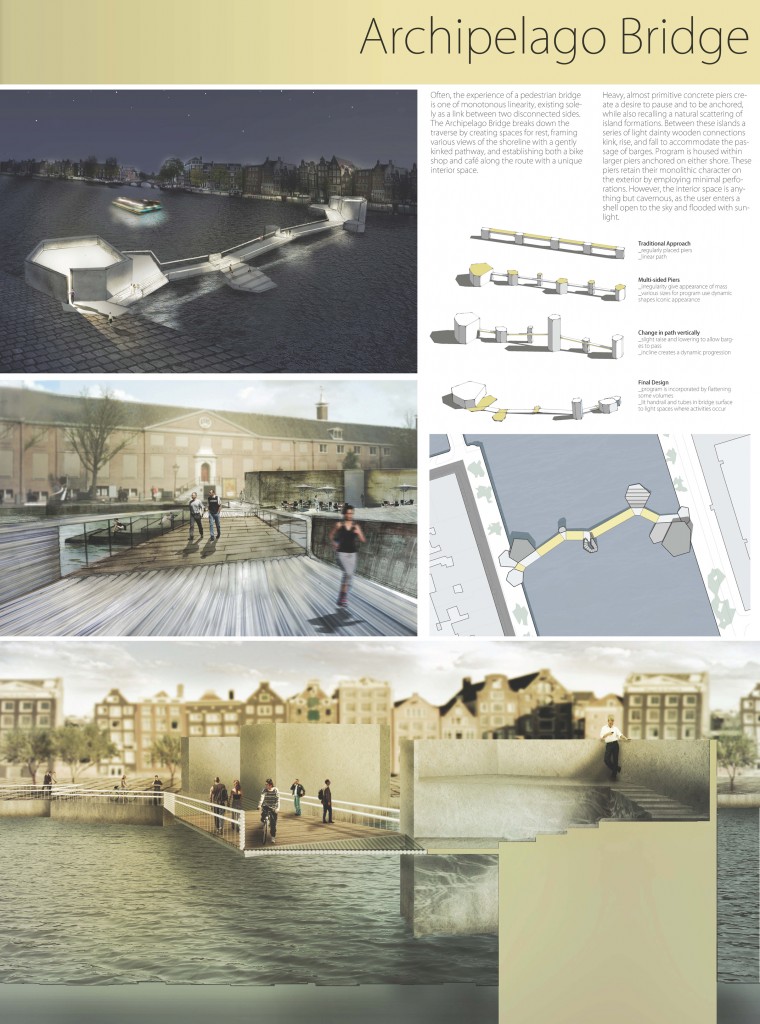Begun as a refuge from the dangers, filth, and perceived low morals of the industrial urban city, suburbia flourished in the mid-century. Suburbia became not only a neighborhood removed from a city, but an entire lifestyle with expected norms and style. After World War II, there was a societal need for stability. Many turned to suburbia to create a framework for the lifestyle they believed they wanted, based on a nuclear family: a husband, wife, and an average of 2.5 kids.
After reading Bourgeois Utopia by Fishman my question is, why is suburbia one of the only options for people who do not want to, or cannot afford to live in an urban area? It’s obvious that the nuclear family norm isn’t as much in place in the present day. Many families are based on a single parent, gay parents, grandparents as parents, or fall in the lower-class income range. These types of families thrive, but must they live in suburbia where traditionally these lifestyles are looked down upon?
Little has changed about suburbia socially; the same can be said about the design of the houses being built. One still chooses from around five floor plans that are so similar to each other anyway, it is difficult to even tell them apart. Taste and design are sadly not a top priority when considering a home; this is obvious based on the fact that a house built today looks similar to a house built 50 years ago. When you start looking at other aspects of our lives this seems completely illogical. Fifty years ago, a family did not own their own computer, cell phones were unheard of, and to research for a school paper, one would spend hours flipping through books. Fashions, movies, and music have all changed drastically but the suburban home has survived fairly untouched.
I hope that soon an alternative to suburbia will be established as an affordable option for a variety of families. I imagine it being a place with grocery stores in walking distance, public transportation, and safe spaces for kids to play.
Reading- Bourgeois Utopias: Visions of Suburbia by Robert Fishman






